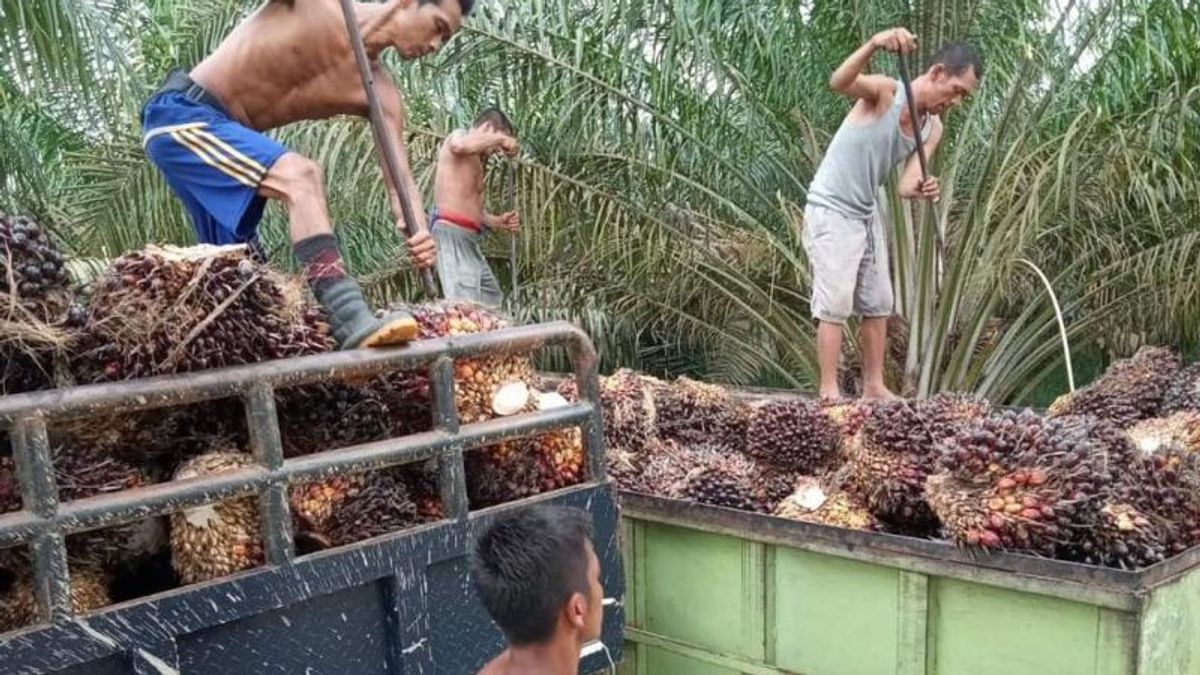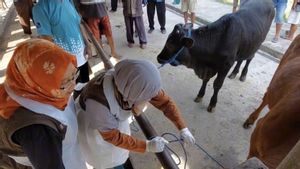JAKARTA - The ban on exports of crude palm oil (CPO) and cooking oil raw materials from the government has an impact on farmers in the country.
To prevent negative impacts on farmers, DPR member Mulyanto asked the government to buy local palm oil.
"The government should give them incentives because the government must be responsible for the policies it decides, especially for those who are most vulnerable to being affected; moreover, the pandemic is not over yet and their purchasing power is still weak," said Mulyanto in a written statement, Friday, May 6.
After the CPO export ban policy was implemented, according to him, the price of fresh fruit bunches (FFB) produced by farmers fell.
The price of FFB, according to the Antara report, which previously reached Rp 3,000-Rp 4,000, is now only valued at Rp 1,200-Rp 1,600 per kilogram. As a result, farmers are at a loss and are wrong to sell their gardens, he added.
One of the important incentives to relieve smallholder oil palm farmers is through the absorption of the FFB product at a reasonable price. For example, by buying and processing biofuels or biofuels that are mandatory from people's palm oil, he explained.
He said Commission VII of the DPR together with the Ministry of Energy and Mineral Resources (ESDM) had agreed to increase the quota for subsidized diesel to 17 million kiloliters for 2022, from the previous 15 million kiloliters.
With the 30 percent biofuel (B30) program, he said, more than 5 million kiloliters of crude palm oil can be absorbed. If the program can be increased to B40 or B50, the uptake of people's crude palm oil can be increased.
In addition, he continued, the government must encourage SOEs in the plantation sector and their subsidiaries that process plantation products to increase the absorption of smallholder FFB products. This will be enough to help smallholder oil palm farmers during the CPO export ban.
Based on data from the Ministry of Agriculture in 2019, the area of smallholder palm oil was recorded at 5.9 million hectares or around 41 percent of the total national oil palm area; while SOE land is only 4 percent and the remaining 55 percent is palm oil land from big private companies.
With the implementation of the CPO export ban policy, the proportion of smallholder palm oil is quite large.
The English, Chinese, Japanese, Arabic, and French versions are automatically generated by the AI. So there may still be inaccuracies in translating, please always see Indonesian as our main language. (system supported by DigitalSiber.id)













